When you’re acquiring a business with minimal revenue and one employee, the last thing you want is to lock yourself into expensive, inflexible infrastructure that might crush your cash flow before you even get started. That’s the exact situation Dustin Marx faced when he bought a tiny plumbing company in August 2024.
But Marx isn’t your typical plumber.
He’s a serial entrepreneur that had already raised $35M in venture capital and exited a tech-enabled property management company earlier that year. So when he bought what was essentially a guy with a van and a plumbing license, he brought a strategic mindset that most small business owners never develop.
Within 12 months, he’d scaled that one-person operation to a $5 million run rate—and the secret wasn’t fancy tech or massive investment.
It was making one smart decision about where to run his operations.
No Cash, No Space, No Choice
The reality is that Marx—now owner and CEO of Mother Plumbing—had no idea whether his newly acquired plumbing business would succeed or fail.
That’s the thing about buying a business that’s barely breathing—you’ve got two choices: You can either go all-in on expensive infrastructure hoping everything works out, or you can be smart about it.
Marx chose smart.
He needed professional operations infrastructure immediately: office space for admin work, warehouse storage for plumbing equipment, meeting rooms for team coordination. But traditional commercial real estate meant signing multi-year leases, managing multiple vendor contracts for utilities and internet, and committing significant upfront capital to a business that hadn’t proven itself yet.
“I had no idea how the business was going to go, good or bad,” Marx explains. “I needed something short term that could be flexible. Because I just didn’t know what the future needs of the business were.”
The challenge wasn’t just about finding cheap space. It was about preserving capital while maintaining the professional infrastructure needed to scale efficiently. Every dollar spent on fixed overhead was a dollar not invested in growth, employees, or customer acquisition.
Adaptability Eats Strategy for Breakfast
Marx’s approach flipped traditional thinking on its head. Instead of viewing uncertainty as a problem to solve through rigid planning, he designed his operations around adaptability.
His hypothesis: operational flexibility and capital preservation would enable faster scaling than locking into fixed infrastructure investments.
“Finding something efficient from cash flow was really critical,” he says. “And also something where I didn’t have to be mired with a bunch of additional agreements and contracts.”
No, this wasn’t about being cheap. It was about being strategic.
By choosing flexible and modern infrastructure over traditional commercial leases, Marx could preserve cash for what really mattered: hiring great people, buying inventory, and investing in growth. The goal was professional operations that could scale up or down based on actual business performance, not optimistic projections.

How Marx Scaled Operations From Zero to $5M
Step 1: Define Non-Negotiable Requirements
Before evaluating any workspace options, Marx identified three critical factors that would determine success or failure. First, flexibility due to uncertainty about business trajectory. Second, capital preservation for a young business. Third, avoiding the complexity of managing multiple vendor relationships for utilities, internet, and infrastructure.
The key here is creating a prioritized list of must-have features versus nice-to-have amenities. Focus on elements that directly impact your business model. For Mother Plumbing, that meant warehouse space for equipment storage, so plumbers could avoid time-wasting trips to supply houses.
Step 2: Move Fast and Test Your Assumptions
Rather than overanalyzing, Marx moved into our warehouses within 45 days of acquiring the business. “We didn’t really have a long history of life before WareSpace.” This rapid implementation allowed him to validate his operational assumptions with minimal commitment while maintaining flexibility to pivot if needed.
The lesson here is to not wait for perfect conditions. Move quickly into a flexible arrangement that lets you test how the workspace performs against your operational requirements.
You can always adjust later—that’s the whole point of flexibility.
Step 3: Optimize Through Iteration
As Mother Plumbing grew, Marx leveraged our intentionally-designed flexibility to continuously adapt. “We’ve actually been in 3 different spots within the building, just as our business needs have evolved and grown.”
This wasn’t moving for the sake of moving. Each transition optimized their setup based on real operational learnings. They started in a unit near the loading bay doors—great for access, terrible for temperature control and noise when trying to talk to customers.
So, we quickly relocated them to a better-suited space.
Step 4: Scale Operations While Maintaining Efficiency
By the one-year mark, Mother had grown to a $5 million run rate while maintaining what Marx describes as “a micro size space in comparison to the amount of revenue we’re doing.” They’d configured two adjacent units—one for office operations, another packed with plumbing equipment—creating maximum efficiency in minimal space.
The setup included everything needed for professional operations: conference rooms for team meetings, secure storage for $250,000 in consignment inventory, 24/7 access for early morning operations, and integrated internet for their voice-over-IP phone system.
All without the complexity of managing multiple vendors or long-term commitments.
Step 5: Reinvest Savings into Growth
According to Marx, here’s where the strategy pays off: Every dollar saved on infrastructure went directly into growth initiatives.
“Being frugal is one of the best things you can do. Cost savings is an advantage.”
Mother Plumbing reinvested those savings into competitive employee compensation and a profit-sharing model where 50% of company profits go to employees.
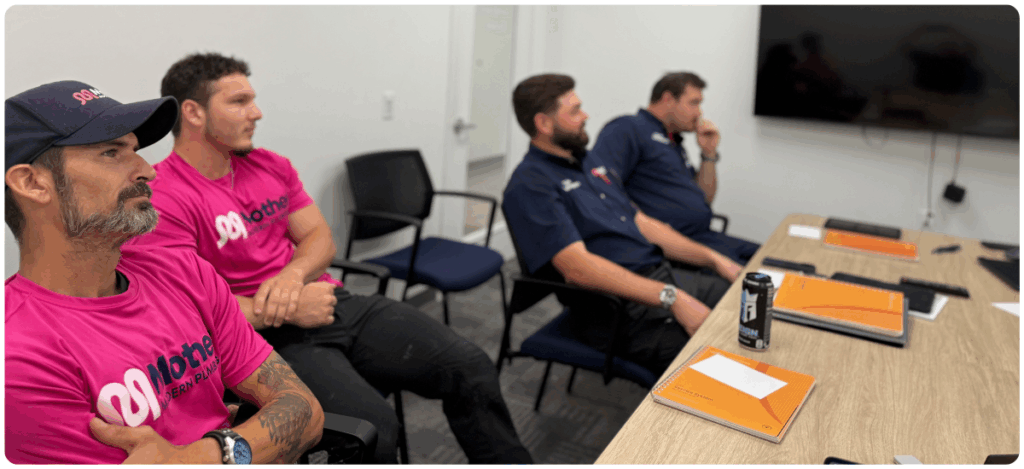
What $5M Growth Actually Looks Like
The numbers tell a story, but money tells the truth.
In 12 months, Mother Plumbing scaled from virtually no revenue with one employee to a $5 million annual run rate. They did it while maintaining exceptionally lean overhead costs, enabling continuous reinvestment into growth rather than fixed infrastructure.
But the real victory goes beyond revenue.
Our flexible workspace model allowed Mother to build professional operations that could adapt in real-time to business needs. When they needed more space, they expanded. When their first location proved suboptimal, they relocated within days. When team meetings required professional facilities, conference rooms were available on-demand.
“WareSpace has been critical to the success of our business,” Marx says.
Sure, the flexible infrastructure saved him money, but it also created competitive advantages for his business. Plumbers could quickly access inventory without supply house trips, improving job completion times. The professional meeting spaces enabled team building during rapid scaling.
The cost efficiency allowed Mother to offer better employee compensation than established competitors, solving the talent acquisition challenge that plagues the trades.
Above all, it proved that small businesses don’t need to choose between professional operations and financial flexibility. With the right workspace partner, you can have both—and use that advantage to eat your competition’s lunch.
Ready to scale your business?
Find the ideal warehouse space for your business at a low monthly rate, near you.
- 12+ prime locations
- 1,200+ customers
- Rated 4.8 out of 5
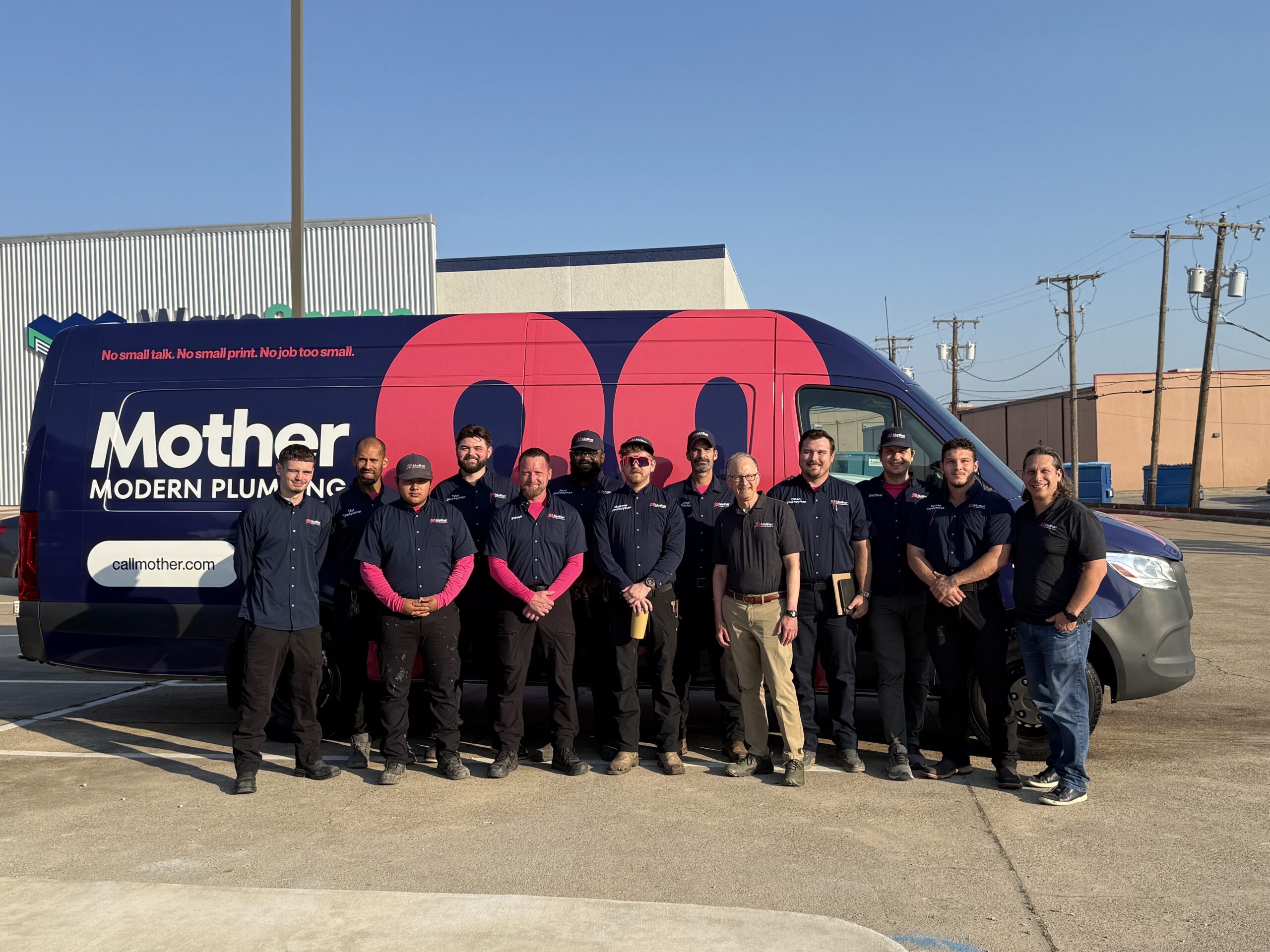
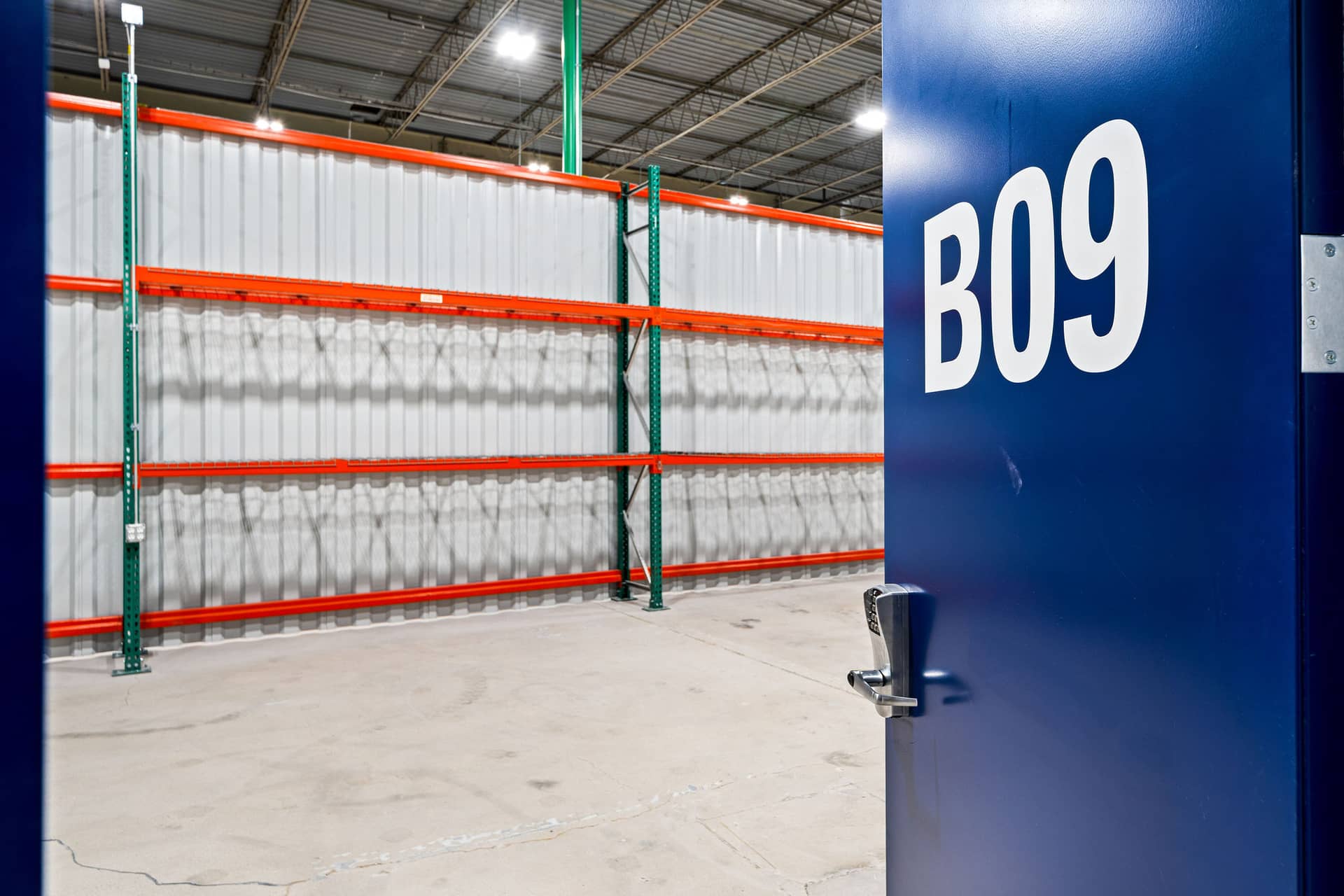
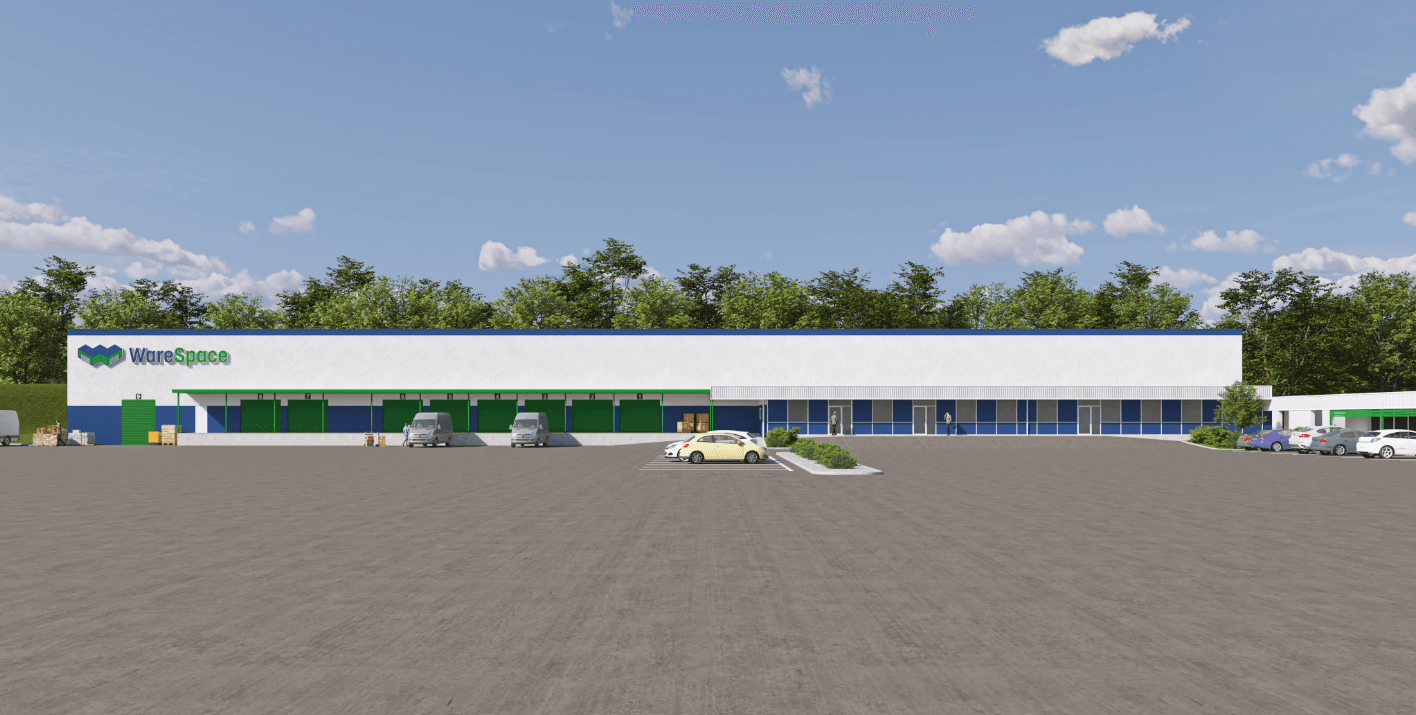
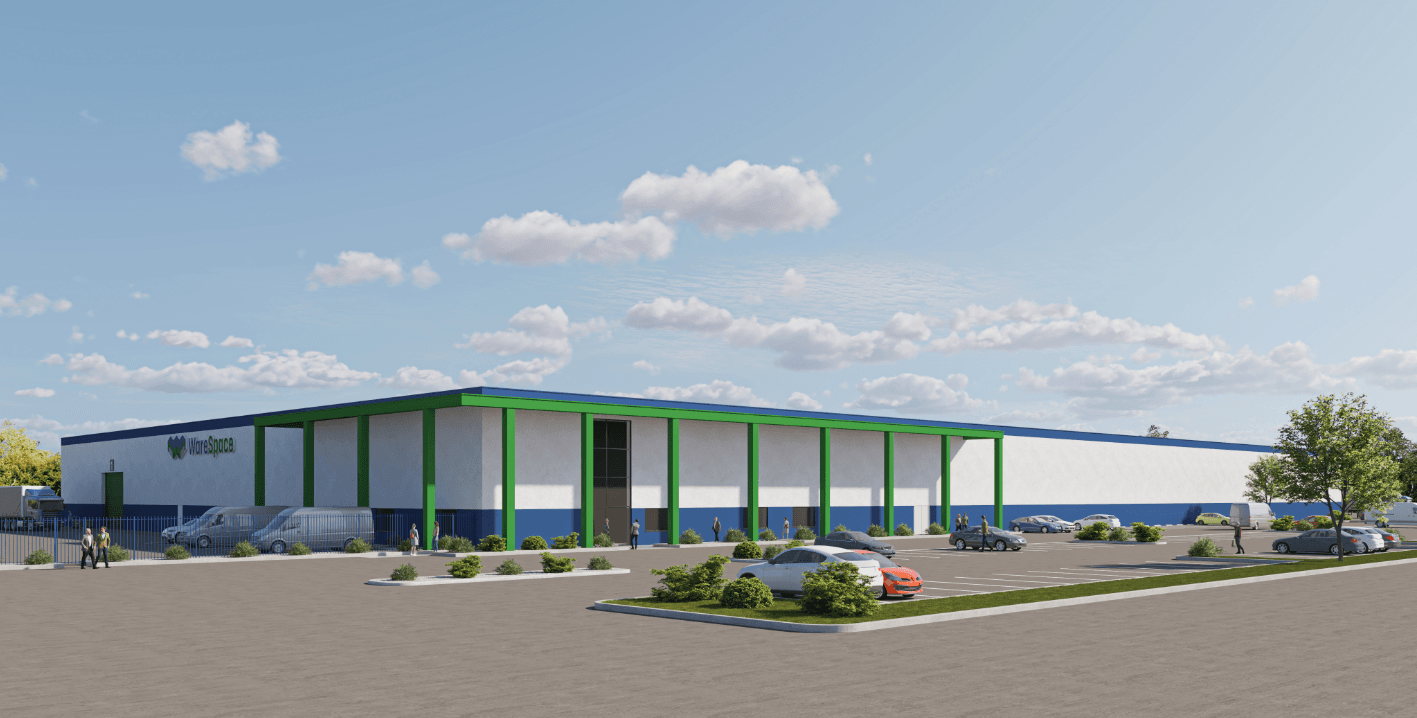
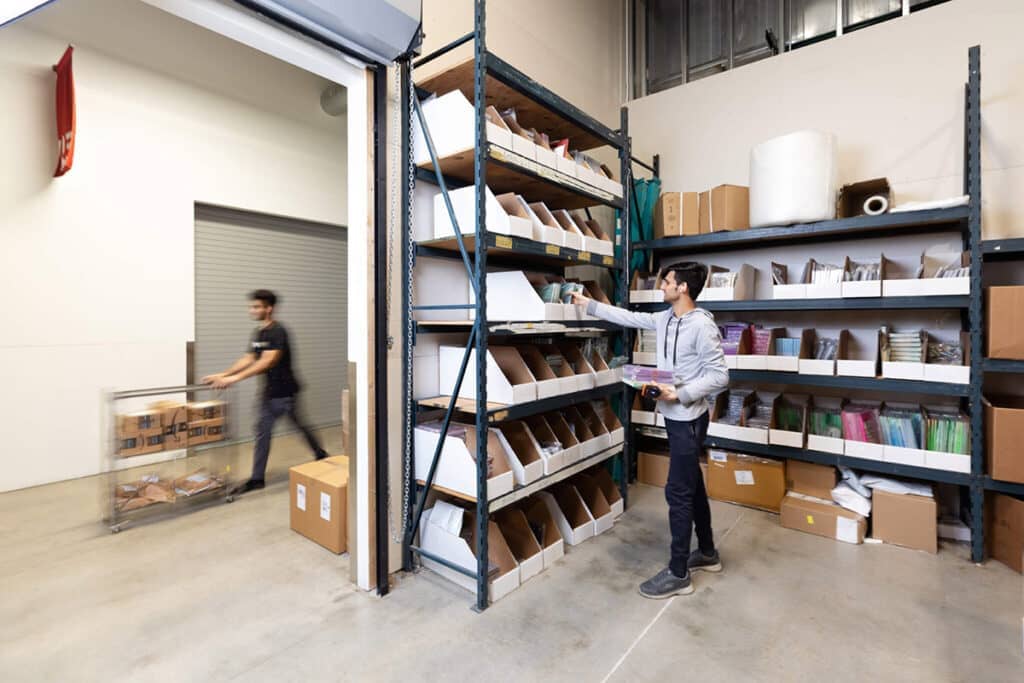
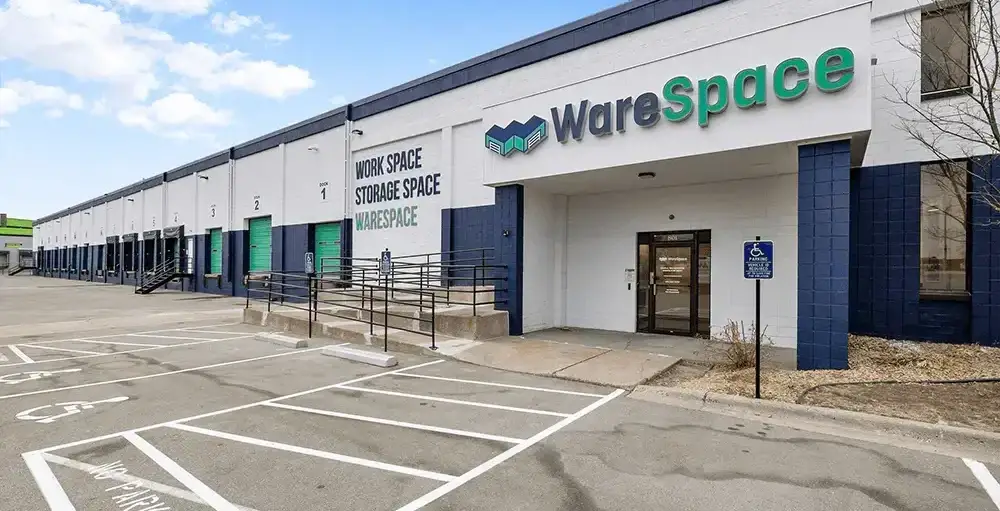
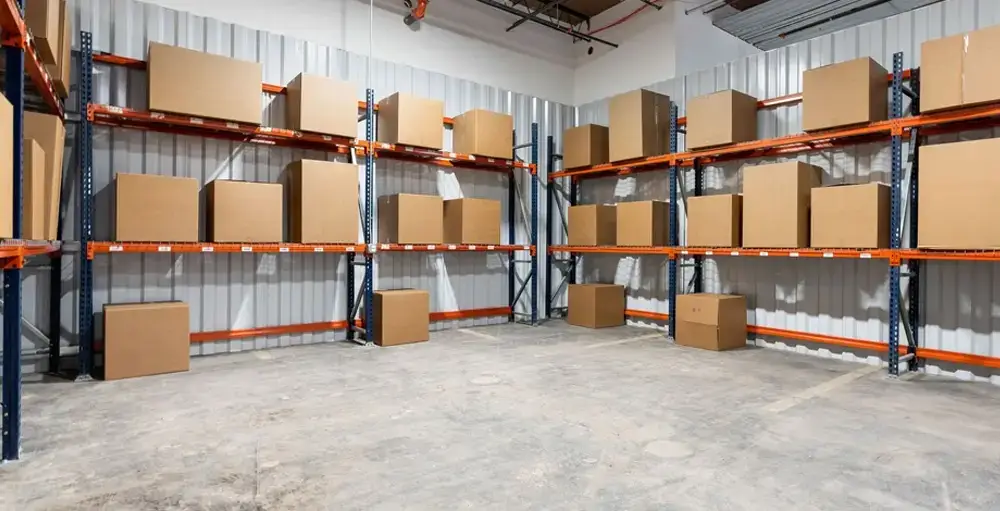













 ►
Explore 3D Space
►
Explore 3D Space